Visions of Ryugu: The Funny (and Scary) Asteroid Predictions by Japan's Hayabusa2 Team
Asteroid Imaginings
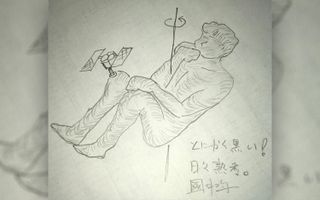
Japan's Hayabusa2 spacecraft is exploring the asteroid Ryugu and will return samples to Earth in 2020. But before the probe arrived at the asteroid in June 2018, scientists weren't sure what it actually looked like.
In this gallery, see sketches and photos of what Hayabusa2 scientists thought Ryugu may look like. (A few special guest stars contributed their visions, as well.) Some images are hazardous, some tasty and some just plain funny: the image here is the director general of JAXA's Institute of Space and Astronautical Sciences (and Hayabusa2's former project manager) Hitoshi Kuninaka's take on one possible, puzzling form for the asteroid.
You can see the original blog post with asteroid imaginings here.
Scary Asteroid

Film director Hiromitsu Kohsaka wrote: "I tried to draw the worst possible pattern, so that even when the asteroid is rotated, there is no change in the light intensity. I pray that the actual Ryugu is not like this (haha)! If we assume this imaginary picture is accurate, then nothing can scare us (haha)!"
Safety in Mind

Yuichi Tsuda, a Hayabusa2 project manager, envisioned a surface that would offer the probe a safe landing — a "vast plain of sandy land, abundant in water-rich minerals," with "enough pebbles to act as landmarks on the flat landscape" and "a single spin-axis, but below the maximum moment-of-inertia [to avoid break-up]."
Odd New World
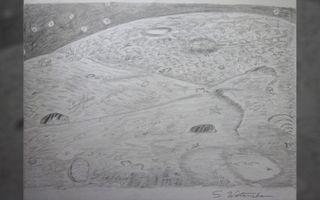
Project scientist Sei'ichiro Watanabe envisioned a strange vista — with some living creatures hidden if you look carefully.
Strange and Edible Inspirations
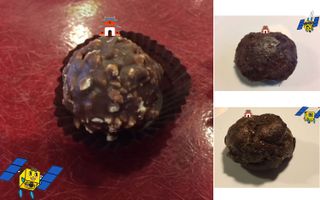
Satoru Nakazawa, a sub-manager on the project, has begun seeing Ryugu in anything black, round and edible. "If the asteroid is like this, would touchdown be possible?!" Nakazawa wrote.
Whimsical Design

"This estimated asteroid shape is based on hope and wishful observations of the person in charge of the AOCS [Altitude and Orbital Control Subsystem]! I think it would be definitely fun (for operations) if it were like this," wrote Yuya Mimasu, who's responsible for ACOS.
Dangerous Conditions
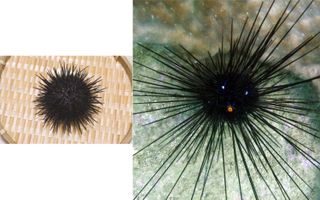
"I assumed the worst case," wrote Tomohiro Yamaguchi, who is responsible for systems. Similarly, Takano Saiki, project engineer, wrote "This is an even worse assumption. Or it is Ryugu after driving in the SCI," referring to the Small Carryon Impactor that Hayabusa2 will use to make an artificial crater in the asteroid.
Get the Space.com Newsletter
Breaking space news, the latest updates on rocket launches, skywatching events and more!
Visions from Young'uns
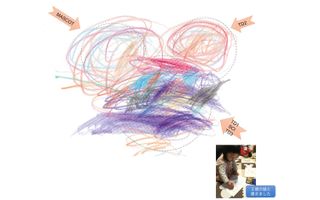
Kanako Sakamoto, who's responsible for sampling, assembled this predicted view of the asteroid with help from her 2-year-old daughter. "What a Ryugu — the shape seems to be filled with dreams!" she wrote. "The scene seems to be covered with rice grains (black rice) and wheat chocolate."
Explorer's Paradise
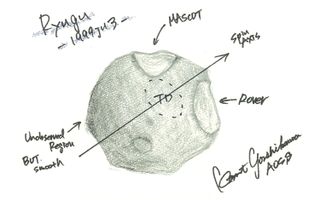
Kent Yoshikawa, responsible for the ACOS, "imagined (and hope [for]) an asteroid that is convenient for operations such as touchdown and rover deployment," with a smooth surface and interesting craters to explore. "Project members have been imagining only difficult Ryugus, but this one is OK!" the blog's writers added.
Tasty Trip
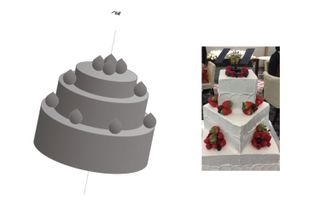
"Cake type!" wrote Atsushi Fujii, responsible for ground systems
Sporty Object
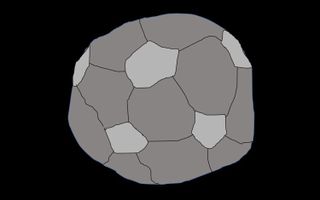
Go Ono, responsible for the ACOS, wrote: "Soccer ball…? It is only a goal!"
Join our Space Forums to keep talking space on the latest missions, night sky and more! And if you have a news tip, correction or comment, let us know at: community@space.com.

Sarah Lewin started writing for Space.com in June of 2015 as a Staff Writer and became Associate Editor in 2019 . Her work has been featured by Scientific American, IEEE Spectrum, Quanta Magazine, Wired, The Scientist, Science Friday and WGBH's Inside NOVA. Sarah has an MA from NYU's Science, Health and Environmental Reporting Program and an AB in mathematics from Brown University. When not writing, reading or thinking about space, Sarah enjoys musical theatre and mathematical papercraft. She is currently Assistant News Editor at Scientific American. You can follow her on Twitter @SarahExplains.
